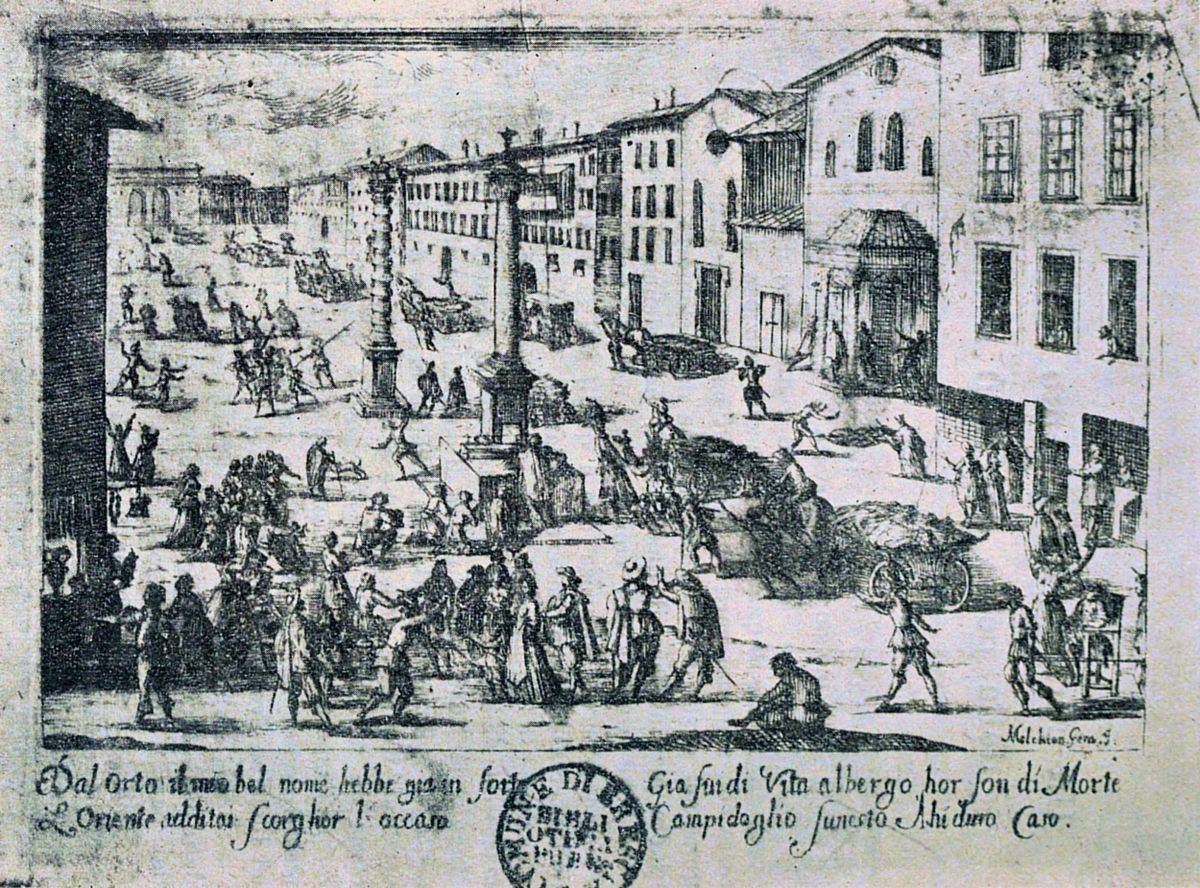
Great Plague of Milan
Venice, Metropolitan City of VThe Italian Plague of 1629–1631, also referred to as the Great Plague of Milan, was part of the second plague pandemic that began with the Black Death in 1348 and ended in the 18th century. One of two major outbreaks in Italy during the 17th century, it affected northern and central Italy and resulted in at least 280,000 deaths, with some estimating fatalities as high as one million, or about 35% of the population. The plague may have contributed to the decline of Italy's economy relative to those of other Western European countries.
The Republic of Venice was infected in 1630–31. The city of Venice was severely hit, with recorded casualties of 46,000 out of a population of 140,000. Some historians believe that the drastic loss of life, and its impact on commerce, ultimately resulted in the downfall of Venice as a major commercial and political power.
